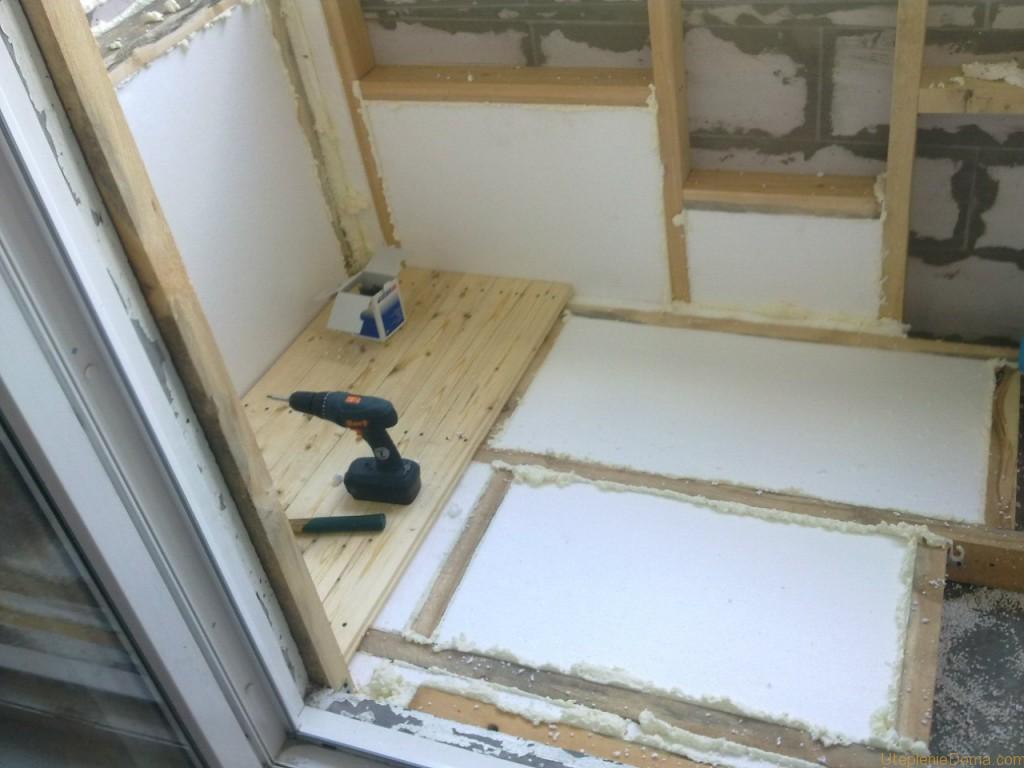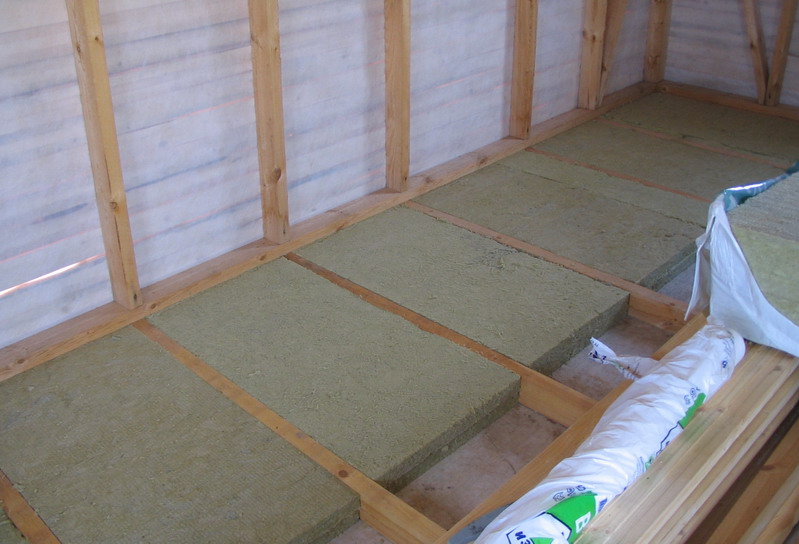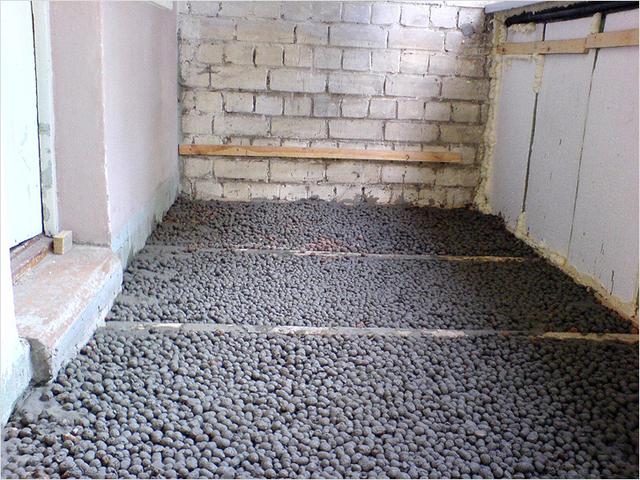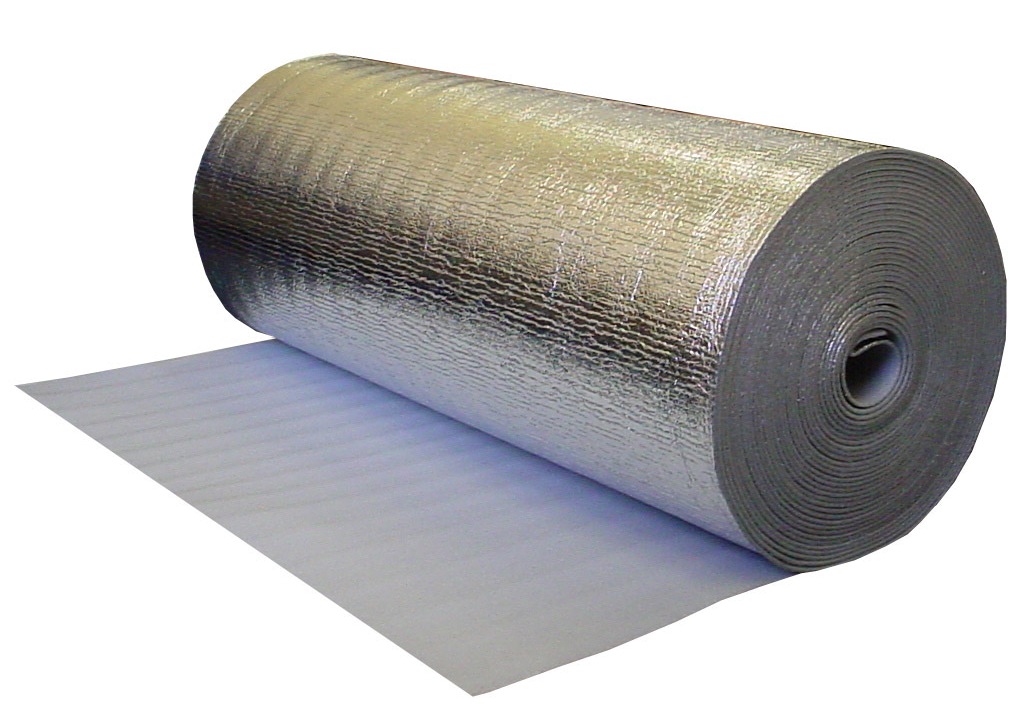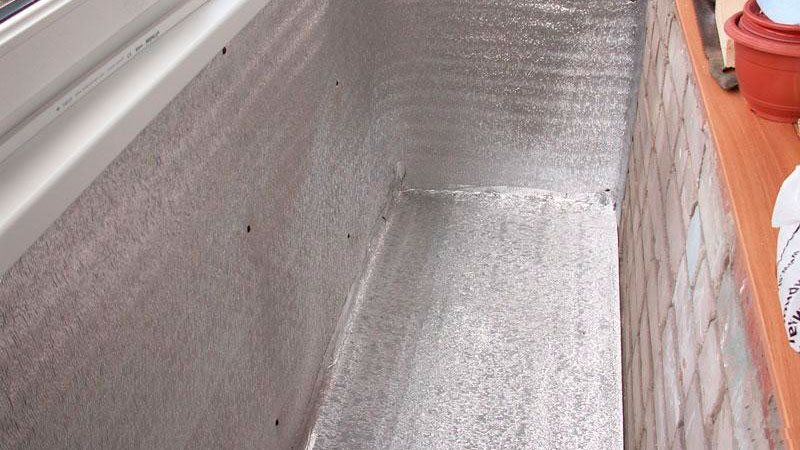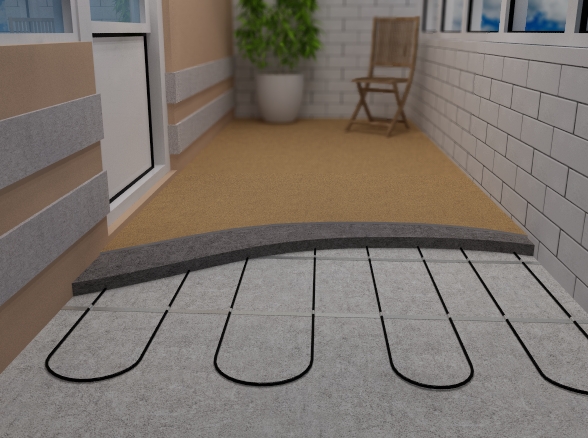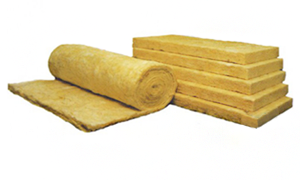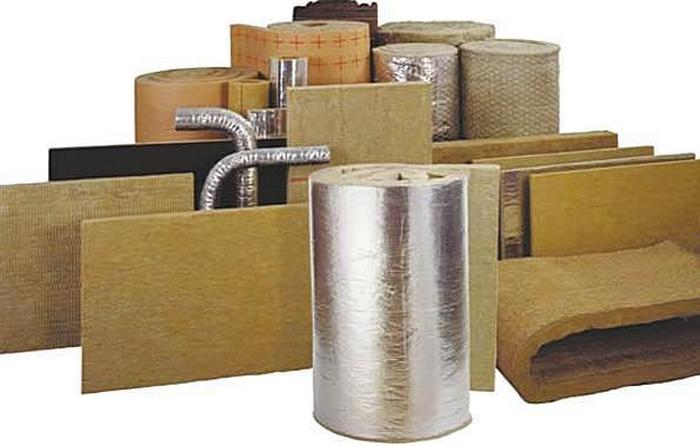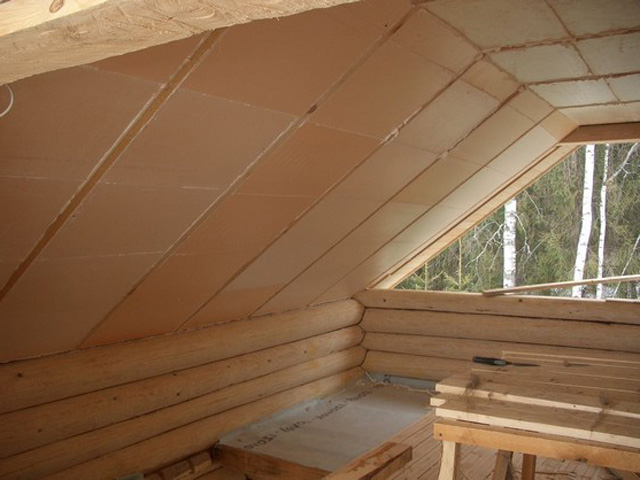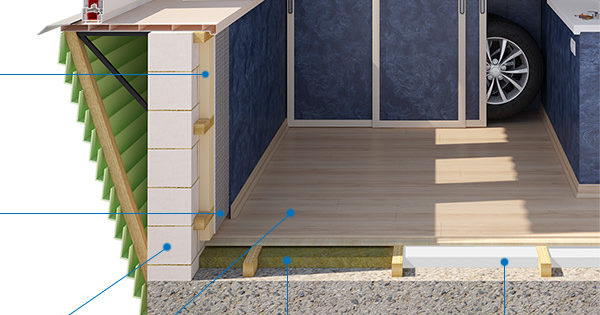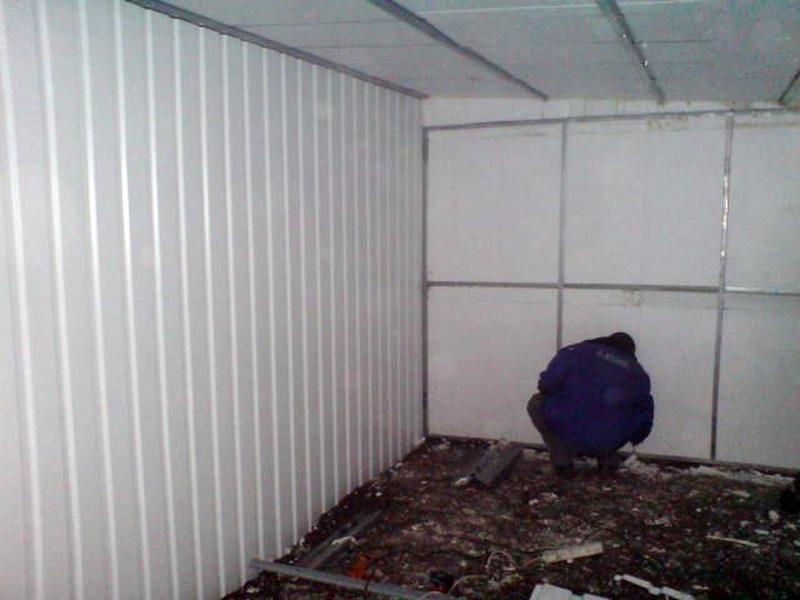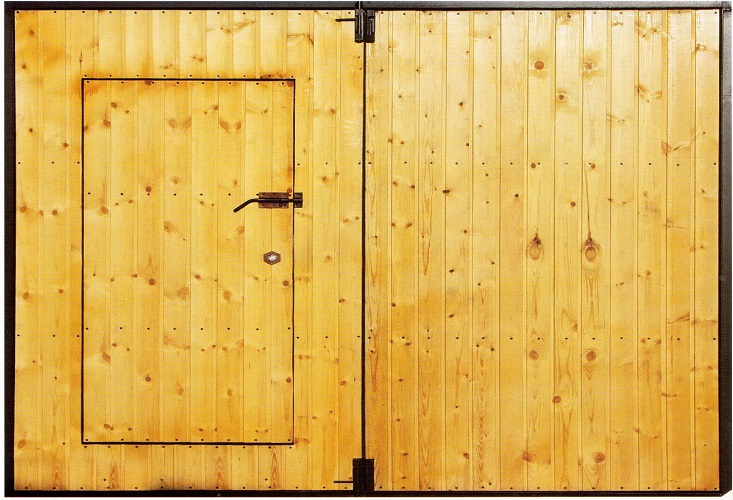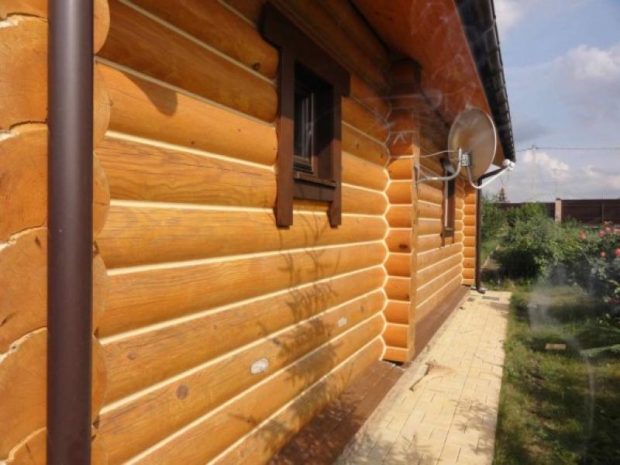6 ways to warm the floor on the balcony and loggia
Who does not want to turn your balcony or loggia in a cozy warm corner, where in winter you can spend time with pleasure. If the insulation is carried out in a quality manner, then the loggia can turn out small officecontinued the kitchen or living roomand on the balcony and in the cold season it will be possible to grow plants and relax, admiring the scenery outside the window. Of great importance, first of all, is the insulation of the floor on the balcony and loggia. What materials are used for this, and which are best suited in each case?
Before starting work on floor insulation, make sure the strength of the balcony or loggia. The design must withstand a layer of insulation, and if in doubt, it is better to begin work with the replacement of concrete slabs. Not always a thicker layer of insulation is better - the floor should not be higher than in the next room. Now consider the most popular insulation warrants.
No. 1. Styrofoam
Styrofoam, or polystyrene foam, has been used as a heater for a very long time and today, despite the appearance of many other materials, it does not lose its position. What the material looks like, each of us knows: it consists of numerous balls, which in turn are built of their cells. Thermal insulation properties are explained by the porous structure and the presence of air in these pores. In fact, the foam is 98% air.
According to the production method, the foam is divided into two large groups: extruded and expanded. Extruded polystyrene foam is usually called foam. It consists of small granules, is difficult to cut, devoid of many of the shortcomings of the usual foam, and for loggia insulation fits perfectly. Sheets can have a thickness of 2 to 10 cm, they fill the holes between the logs of the floor, the slots are foamed, after which the finish coating is laid.
The popularity of polystyrene is associated with a huge number of its advantages:
- light weight, which simplifies transportation and installation;
- affordable price;
- excellent thermal insulation properties;
- soundproof properties;
- does not absorb moisture, will not be a place for the development of mold and rodents.
The main disadvantages:
- combustibility, therefore, it is better to give preference to a material impregnated with an antiprene composition;
- in foam rodents can settle;
- instability to mechanical damage, therefore, insulation work should be carried out with some caution. The penoplex of this drawback is almost devoid, since due to smaller granules it can withstand solid loads.

No. 2. Mineral wool
Mineral wool - a whole class of materials, the production of which is carried out from mineral raw materials by heating them to melting, drawing them into separate threads and forming fibers. If blast furnace waste was used as raw material, then it turns out slaggyif the basis was glass waste or silicon-containing rocks, then glass wool. Often, mineral wool is understood as stone wool, which is made from basalt rocks. It has the best operational properties, and it will be discussed about it.
Stone wool is produced in slabs and rolls, but can also be granulated and sent to a heat-insulated surface with a special installation to fill all the cracks. Whatever form mineral wool, its main advantages are:
- good thermal insulation properties. The coefficient of thermal conductivity is approximately at the same level with the foam, so the material will become excellent protection and will not produce valuable heat;
- ability to pass air - the microclimate of the balcony will be in perfect order;
- incombustibility;
- noise insulation properties;
- resistance to mechanical damage;
- stone wool is not touched by rodents;
- durability;
- affordable price.
The combination of all these advantages and explain the wide distribution of the material. It is worth noting that glass wool and slag wool will cost less, but they are more fragile, and all work will need to be carried out in protective equipment.
No. 3. Expanded clay
To warm the floor on the balcony and loggia are often used expanded clay. This material is made from clay, which is burned at high temperatures. The result is oval-shaped granules with a porous structure. The material is able to make even the coldest floor warm and cozy, and this is exactly what is needed. When working with material, it is important to consider a number of nuances. Since expanded clay is porous, it able to absorb moisture, therefore, the waterproofing layer must be strong and reliable. The material is very fragile, you need to work with him extremely carefully. Expanded clay insulation technology does not allow making a layer of insulation less than 15 cmthat you need to consider in order not to get too high a floor.
Despite all the nuances of working with expanded clay, this insulation different mass of advantages:
- light weight;
- low price;
- excellent indicators of heat and sound insulation;
- fire resistance and frost resistance;
- durability;
- environmental friendliness.
Number 4. Penofol
Penofol is one of the most modern heaters, which combines the advantages of polystyrene and mineral wool, but the material is very thin, so it is ideal in cases where every centimeter of space is counted. Penofol consists of foamed polyethylene and aluminum foil, and its action resembles a regular thermos. The material does not retain the warmth of the room, but reflects it. Penofol is produced in rolls with a thickness of 3-10 mm.
The main advantages of the material:
- minimum thickness at which the thermal insulation properties are not inferior to other materials. So, a 4 mm foam foam layer can replace mineral wool 8.5 cm thick or polystyrene 3 cm thick. Space saving is evident;
- the material does not absorb moisture at all, so there is no need to worry about waterproofing;
- additional sound insulation. Penofol will reduce the load from acoustic and structural noise, which is more than relevant for balconies and loggias facing directly to the street;
- maximum ease of transportation and installation. The material can be cut without fear of crumbs, fastened with glue or tape;
- hard to reach for rodents;
- fire safety. Penofol refers to refractory and nonflammable materials;
- environmental friendliness.

Reviews of experts say that penofol is one of the best and most reliable heaters at the moment. But some flaws are inherent in him. So, the material is quite soft, and when installing it, it is better not to use nails, so as not to violate the integrity and basic properties of the material. Despite the excellent properties of penofol, today it is usually used not as an independent insulation, but complete with other materials.
No. 5. Foam glass
For loggias and balconies, the number of possible insulation is greatly reduced due to specific conditions. It is necessary to refuse, for example, from ecowool, a here is foamglass can be used. The composition of the material is ordinary silicate glass, but the production method allows you to add unique properties. Glass waste is crushed into powder, melted, and due to the action of a blowing agent in the form of coke or coal, the mass increases tenfold and acquires a porous structure.Not only is such material much lighter than glass, but it has many other advantages:
- good heat and sound insulation properties. A plate 10 cm thick reduces noise by 56 dB;
- durability. The material can retain all its basic properties for 100 years;
- tolerates cold and heat, temperature changes, does not change geometric dimensions;
- It doesn’t burn, because glass is based on glass, which at a temperature of 10000C melts, not ignites;
- strength;
- the material is not afraid of water, but allows air to pass through.

Due to its high cost, foam glass is not so often used for warming residential buildings and, especially, loggias and balconies. In terms of the combination of operational qualities, this is an ideal insulation.
No. 6. Underfloor heating as an alternative
Underfloor heating system allows you to solve many problems of creating the optimal microclimate on the balcony or loggia. Firstly, you don’t have to think about other heating systems, and secondly, it will be nice to walk on the floor even barefoot. However, in order not to heat the street, thermal insulation materials should be used in this case.
Warm floor can to be waterelectrical and infrared. On loggias and balconies water system use is problematic, so stop on the last two options. Electric underfloor heating can be of two main types:
- cable system. Its use requires the organization of screeds with a layer of insulation and waterproofing. The thickness of the screed should be at least 4.5 cm, and the heating cable is located at a depth of 3 cm from the top edge. The finish coating must have good thermal conductivity, therefore, ceramic tile is often used in its quality. It will be possible to turn on the system of warm floors only after the screed has completely dried, and this is 2-3 weeks;

- heating mats used when it is impossible to organize a cement-sand screed. Mats are laid simply and quickly on tile adhesive, and installation can be done directly on the old coating. Finishing can be absolutely any, the main thing is that the finishing material tolerates such heating well. Use underfloor heating immediately after the glue dries. Of the minuses of such a solution is the high cost and the need in some cases to use an additional heating source.
An alternative to them is infrared film floorswhich are as simple as possible to install. Such a floor will heat surrounding objects, and air will already warm up from them. By the same principle, the sun heats our planet. With such floors, the microclimate on the balcony will be as healthy as possible. You can use anything as a topcoat: linoleum, carpet, tile, laminate.
The benefits of using underfloor heating will probably be superfluous to list. Of course, electricity bills will be higher, but if you compare them with fees for the constant use of electric heaters, then warm floors are still more profitable, and at times. Often, the complexity of installation is called a minus. This statement is partially true for the cable system, while the other options for organizing warm floors are as simple as possible and can be implemented on their own.

